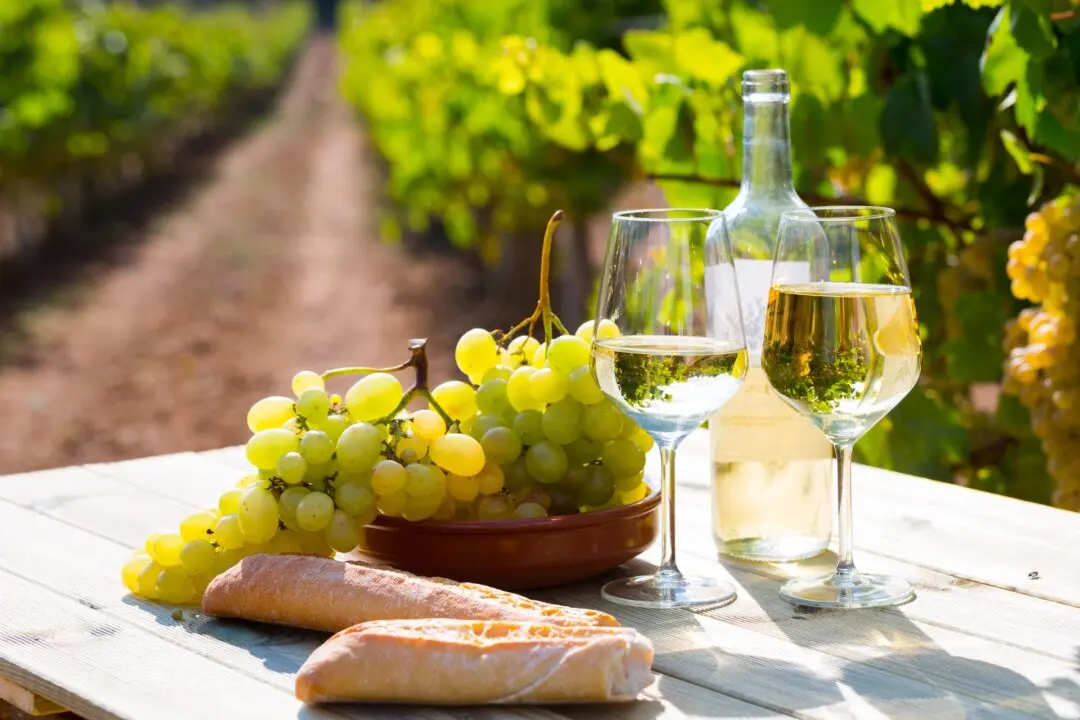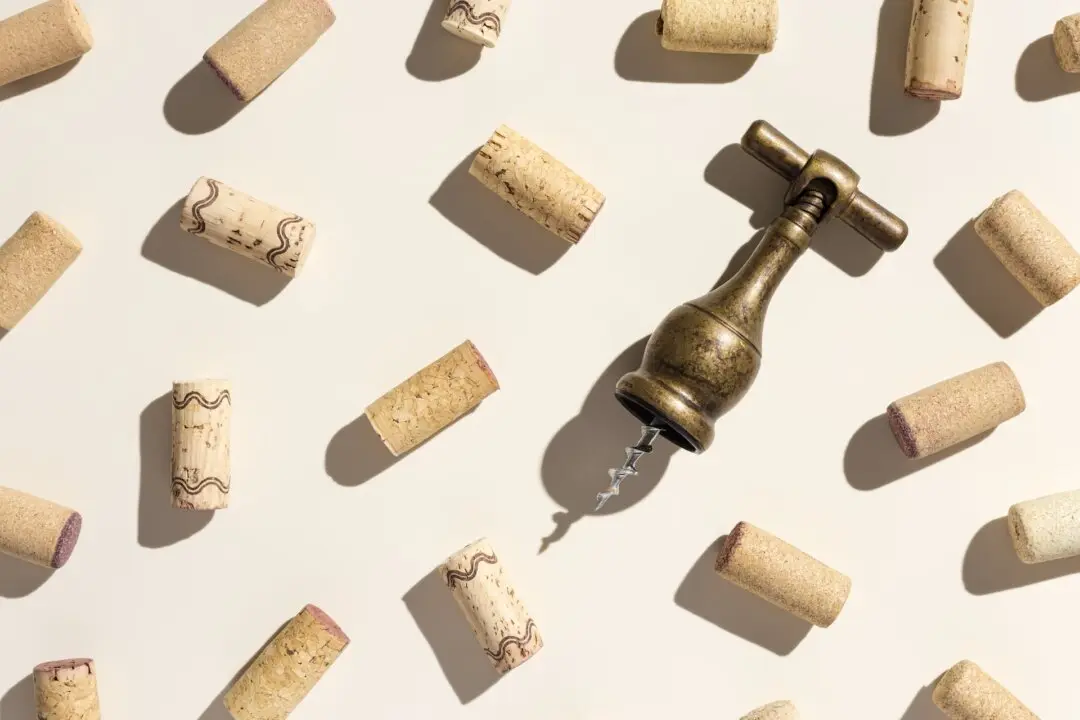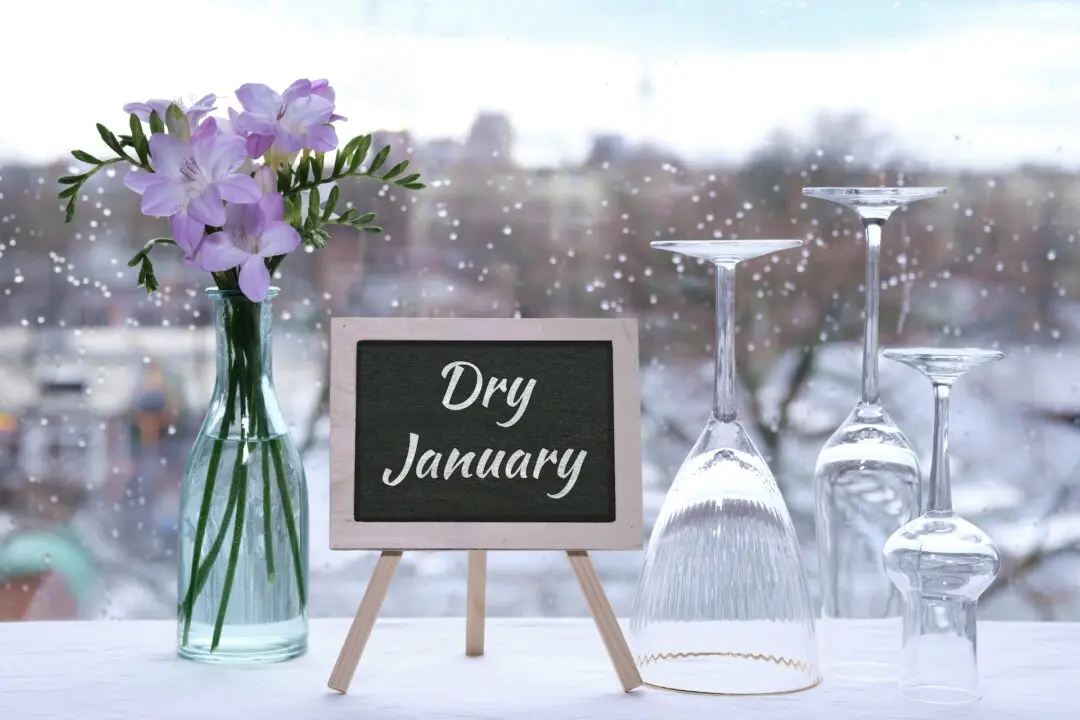Most of the wines we’re offered these days are too expensive.
I could have written this article several times in the 45 years that I’ve been writing about wine, but it’s probably more relevant today than ever. And the reasons are so many and varied that I could probably write an entire book on the subject.





